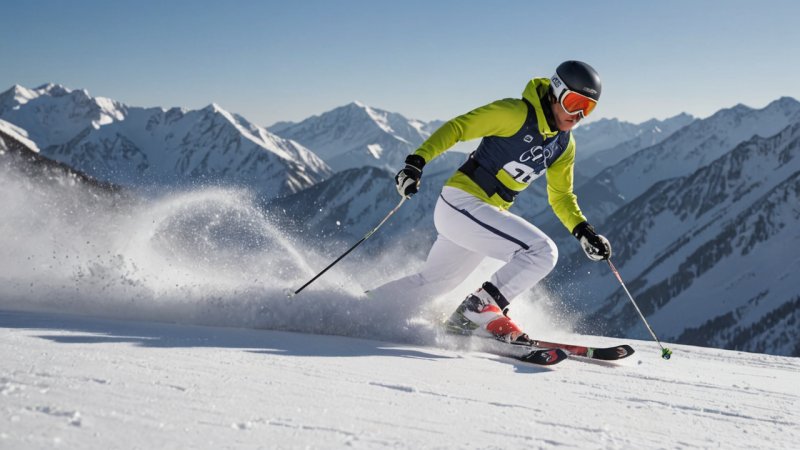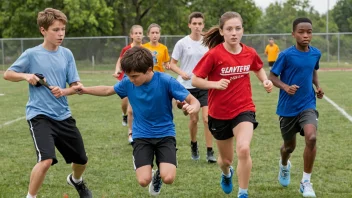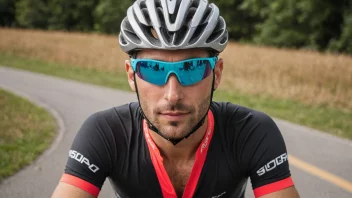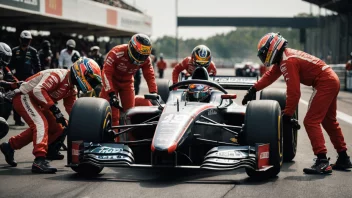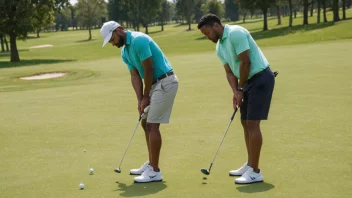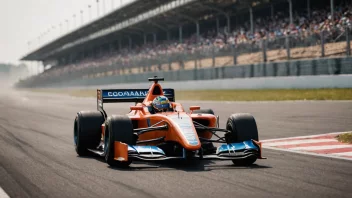In the exhilarating realm of winter sports, where speed and agility reign supreme, the ability to react swiftly can mean the difference between victory and defeat. Whether you're navigating the twists and turns of a ski slope, darting down a luge track, or maneuvering in a game of ice hockey, improved reaction time is crucial. As athletes strive to enhance their performance, understanding how to sharpen this vital skill will not only elevate their game but also ensure their safety on the icy battlegrounds. This article delves into effective strategies and training exercises designed to boost your reaction time, allowing you to stay ahead of the competition while enjoying the thrill of winter sports.
Understanding Reaction Time in Winter Sports
Reaction time refers to the interval between the onset of a stimulus and the subsequent response. In winter sports, this could involve reacting to a sudden change in terrain, dodging an opponent, or responding to the starting gun in competitive events. The faster an athlete can process information and execute a response, the more effectively they can perform. Factors such as age, fatigue, and mental focus can influence reaction time, making it essential for athletes to incorporate specific training techniques into their regimen.
Key Components Influencing Reaction Time
To improve your reaction time, it's important to recognize the various elements that contribute to it. These include:
- Cognitive Processing: The brain's ability to interpret visual and auditory signals quickly.
- Muscle Response: The speed at which muscles can engage once a decision is made.
- Practice and Repetition: Regular training can enhance both cognitive and physical responses.
Drills and Exercises to Enhance Reaction Time
Incorporating specific drills into your training routine can significantly enhance reaction time. Here are some effective exercises tailored for winter sports enthusiasts:
1. Visual Reaction Drills
These drills focus on improving cognitive processing speed. A common exercise involves having a partner randomly call out colors or numbers while you perform a physical task, such as jogging or skating. The goal is to respond as quickly as possible by stopping, changing direction, or performing designated movements based on the verbal cues.
2. Speed Ladder Drills
Using a speed ladder can help improve foot speed and coordination, both crucial for quicker reaction times. Set up a ladder flat on the ground and perform various footwork patterns, ensuring you keep your movements sharp and fast. This exercise not only enhances muscle response but also improves overall agility.
3. Plyometric Exercises
Plyometrics, such as box jumps or jump squats, are excellent for developing explosive power, which translates directly into faster reaction times. Incorporate these into your routine, focusing on maximum effort and speed during each jump.
4. Reaction Ball Training
A reaction ball is a small, bouncy ball that unpredictably changes direction when it hits the ground. Use this tool to enhance your reflexes by dropping the ball and quickly reacting to catch it as it rebounds. This drill sharpens both visual processing and muscle response.
The Role of Technology in Improving Reaction Time
Advancements in technology have made it easier for athletes to track their progress and fine-tune their training. Wearable devices can monitor heart rate, movement patterns, and reaction times, providing data that athletes can use to adjust their training programs. Virtual reality (VR) training is another innovative approach, allowing athletes to immerse themselves in simulated environments where they can practice reaction skills in real-time scenarios.
Nutrition and Mental Preparation
While physical training is essential, mental preparation and nutrition also play a significant role in improving reaction time. Consuming a balanced diet rich in vitamins, minerals, and omega-3 fatty acids can optimize brain function and enhance cognitive processing. Additionally, incorporating mindfulness practices such as meditation can help athletes maintain focus and reduce anxiety, further improving their ability to react under pressure.
Conclusion: The Path to Faster Reactions
Improving reaction time in winter sports is a multifaceted endeavor that requires dedication and a strategic approach. By understanding the components that influence reaction speed and implementing targeted drills, athletes can enhance their performance while ensuring their safety on the slopes and rinks. Embracing technology, focusing on nutrition, and prioritizing mental preparation will also contribute to a well-rounded training program. As you embark on your journey to refine your reaction time, remember that consistency in practice and a commitment to improvement are the keys to success in the thrilling world of winter sports.
